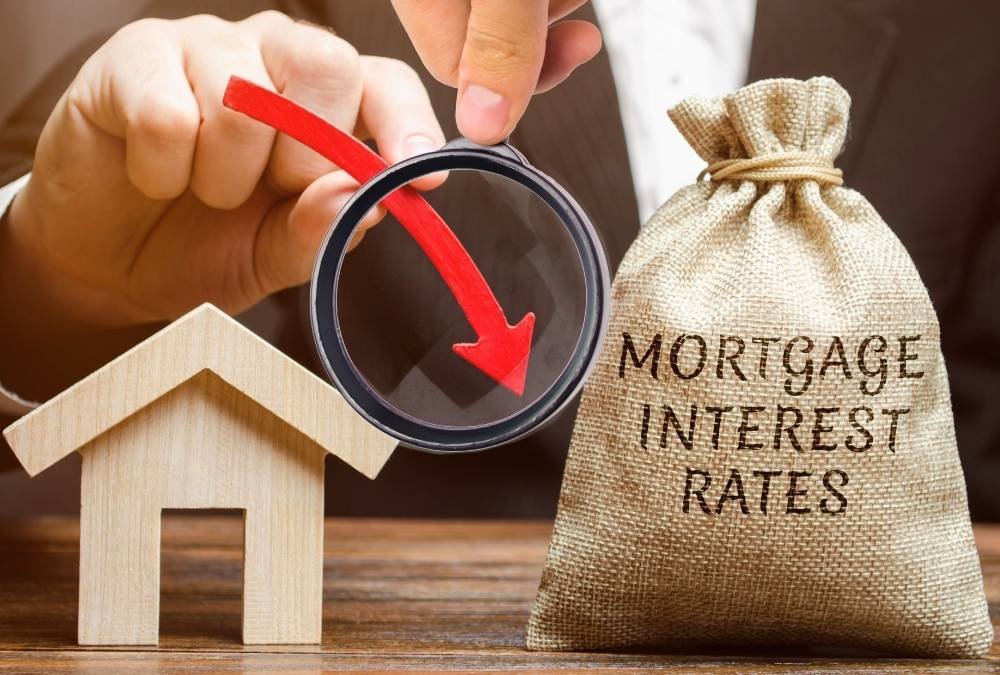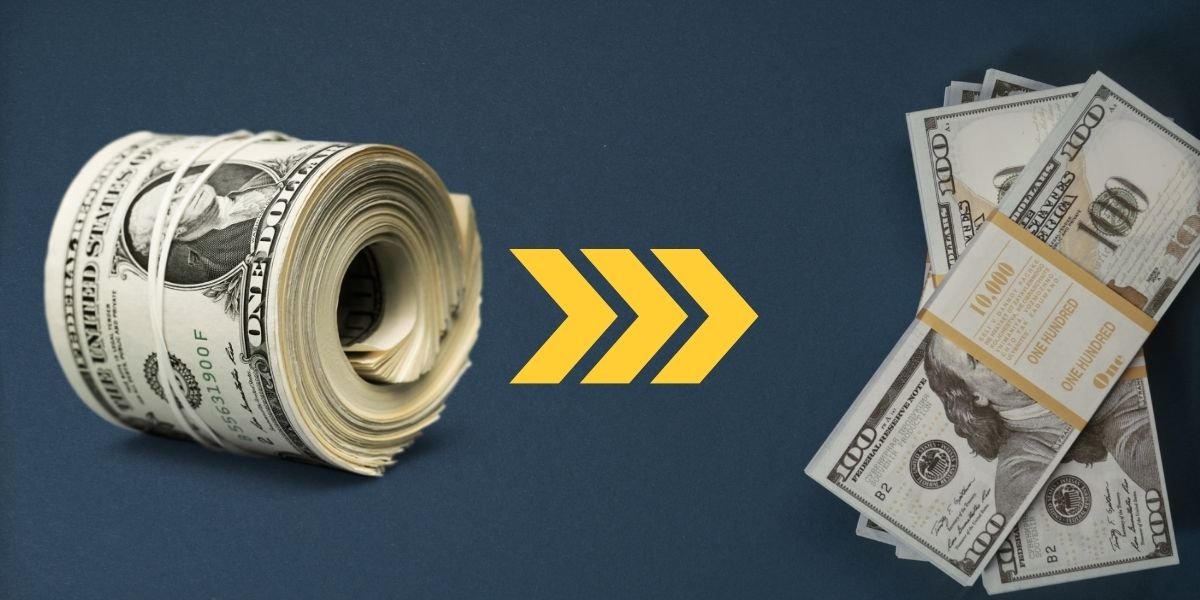
Low-interest mortgages often feel like a golden ticket to homeownership. Ads touting “2.5% rates!” or “Lowest payments ever!” make it easy to believe you’re getting a steal. But what if that “deal” quietly undermines your financial future? While low rates can reduce monthly payments, they also come with risks that many borrowers overlook—from inflation eroding your budget to refinancing traps that leave you stranded when rates rise.
This isn’t about fearmongering; it’s about empowerment. Understanding the mechanics of low-rate mortgages and their hidden pitfalls is the first step to making informed decisions. In this guide, we’ll unpack how these loans work, expose the risks they disguise, and share practical strategies to protect your finances. Let’s dive in.
Understanding Low-Interest Mortgages: Mechanics and Appeal

How Low-Interest Mortgages Work
Low-interest mortgages come in two main flavors: fixed-rate and variable-rate loans. A fixed-rate mortgage locks in your interest rate for the entire loan term, which means predictable payments even if market rates skyrocket. Variable-rate mortgages, on the other hand, start with a lower rate that adjusts periodically (e.g., annually) based on benchmarks like the Prime Rate.
Central banks play a key role here. When economies slow, institutions like the Federal Reserve cut rates to stimulate borrowing. This trickles down to consumers as cheaper mortgages. But these rates aren’t static—they fluctuate with inflation, employment trends, and global events. For example, the U.S. saw average 30-year fixed rates dip below 3% in 2021, only to surge past 7% in 2023.
Why Borrowers Are Drawn to Low Rates
The appeal is straightforward: lower monthly payments. A 1% rate drop on a 300,000 mortgage saves roughly 180 per month, freeing up cash for other priorities. Psychologically, “locking in” a historically low rate feels like winning a financial race—especially for first-time buyers who fear missing out.
But here’s the catch: Low payments can create a false sense of security. I’ve seen clients stretch their budgets to buy bigger homes, only to regret it when property taxes, maintenance, or rate adjustments kick in. The initial savings often mask the long-term costs of homeownership.
Hidden Risks of Low-Interest Mortgages

Risk #1: Inflation Erodes Your Fixed Payments
A fixed-rate mortgage might seem like a shield against inflation, but it’s a double-edged sword. While your payment stays the same, rising prices for groceries, utilities, and gas can strain your budget. Over 30 years, inflation might halve the “real” cost of your mortgage, but only if your income keeps pace—a big “if” for many households.
For example, if inflation averages 3% annually, a 1,500 monthly payment today would feel like 615 in 30 years. But if your income doesn’t rise by at least 3% yearly, that math doesn’t help.
Risk #2: Refinancing Isn’t a Guarantee
Many borrowers plan to refinance if rates drop further, but this strategy backfires when rates rise. Lenders tighten eligibility during economic downturns, requiring higher credit scores or larger equity stakes. A colleague once worked with a couple who waited too long to refinance their variable-rate loan; by the time they applied, their credit score had dipped due to medical debt, locking them into spiraling payments.
Risk #3: Equity Builds Painfully Slow

Low-interest mortgages often come with long amortization periods (e.g., 30 years). In the early years, most of your payment goes toward interest, not principal. For instance, on a 30-year 400,000 loan at 3 58,000 in principal over the first five years. If home values drop, you could owe more than the house is worth—a nightmare if you need to sell.
Risk #4: Complacency Leads to Financial Fragility
Affordable payments can make homeowners neglect other priorities. One client prioritized paying down a 2.75% mortgage while ignoring retirement savings. By skipping their 401(k) match, they missed out on ~$200,000 in potential growth over 20 years—far outweighing their mortgage interest savings.
Risk #5: Opportunity Costs Add Up
Every dollar poured into a mortgage is a dollar not invested elsewhere. While paying off a 3% loan feels safe, the S&P 500 has historically returned 7–10% annually. This doesn’t mean you should skip mortgage payments, but it’s a reminder to balance debt reduction with wealth-building.
Strategies to Safeguard Your Finances

Low-interest mortgages can be powerful tools—if you pair them with disciplined financial habits. Let’s break down five actionable strategies to protect your wealth while leveraging today’s rates.
1. Build a Safety Net Before Overpaying Your Mortgage
An emergency fund isn’t glamorous, but it’s your first line of defense. Aim to save 6–12 months of essential expenses (mortgage, utilities, groceries) in a high-yield savings account. This ensures you won’t rely on credit cards or risky loans if you face a job loss or major repair.
Why this works: I’ve seen homeowners drain their savings to make extra mortgage payments, only to face foreclosure when an unexpected medical bill arrived. Cash liquidity trumps low-interest debt.
Pro tip: Automate deposits into your emergency fund. Start with 1% of your income and increase it gradually.
2. Stick to the 28/36 Rule—Even If You Qualify for More
Lenders might approve you for a larger loan, but that doesn’t mean you should take it. The 28/36 rule is a proven guardrail:
- Spend no more than 28% of gross income on housing (mortgage + taxes + insurance).
- Keep total debt (housing + car loans + student debt) below 36% of gross income.
Example: If you earn 6,000/month, cap housing costs at 1,680 and total debt at $2,160. This leaves room for retirement savings, childcare, or hobbies.
The trap to avoid: Stretching your budget for a “dream home” could leave you house-rich and cash-poor.
3. Refinance with a Break-Even Calculator in Hand
Refinancing can lower payments or shorten your loan term, but closing costs (2–5% of the loan) add up. Use this formula to decide:
Break-even period = Total refinancing costs / Monthly savings
Case study: Refinancing a 300,000 mortgage from 4 170/month. If fees total $4,000, you’ll break even in 24 months. Only refinance if you plan to stay in the home beyond that window.
Timing matters: Lock in fixed rates if you suspect rates will rise. For variable-rate holders, refinance to fixed before central banks hike rates further.
4. Attack the Principal—Even Small Amounts Matter
Low rates reduce urgency to pay off your mortgage, but shaving years off your loan can save thousands.
Tactics that work:
- Round up payments: Adding 50/month to a 1,500 payment cuts a 30-year loan by 4+ years.
- Use windfalls: Apply tax refunds, bonuses, or side hustle income to the principal.
- Switch to biweekly payments: 26 half-payments yearly = 13 full payments, shortening your loan term.
The math: A 400,000 mortgage at 3 207,000 in interest. Paying an extra 200/month saves 5 4,000 and clears the debt 8 years faster.
5. Diversify Your Financial Goals
Your mortgage is one piece of your financial puzzle. Prioritize these in parallel:
- Retirement savings: Contribute enough to get your employer’s 401(k) match—it’s free money.
- Insurance: Term life insurance (20–30 years) ensures your family can pay the mortgage if you’re gone.
- Investments: Even modest stock market returns (6–7% annually) can outpace a 3% mortgage rate.
Real-life lesson: A client focused solely on paying off a 2.75% mortgage missed out on $300,000 in retirement gains over a decade. Balance is key.
Putting It All Together
Low rates shouldn’t lull you into financial complacency. By building liquidity, avoiding overborrowing, and strategically accelerating equity, you’ll create a safety net that outlasts market swings. In the next section, we’ll dive into real-life case studies showing how these strategies play out—for better or worse.
V. Real-Life Case Studies

Case 1: The Refinancing Trap
Mark and Lisa secured a variable-rate mortgage at 2.5% in 2021, planning to refinance to a fixed rate before rates climbed. But when their toddler needed emergency surgery, medical bills piled up, and they missed a few credit card payments. By 2023, their credit score had dropped from 780 to 650—right as rates surged to 7%. Lenders rejected their refinance applications, leaving them stuck with rising payments that consumed 40% of their income.
Lesson: Protect your credit score like a financial lifeline. Monitor it quarterly, pay bills on time, and avoid maxing out credit cards. If you have a variable-rate mortgage, refinance early when your credit is strong and rates are low.
Case 2: Equity Erosion in a Downturn
Sarah bought a 500,000homein2020witha5500,000homein2020witha525,000 toward the principal. When the housing market dipped, her home’s value dropped to 450,000—450,000—25,000 below her remaining loan balance. Job relocation forced her to sell, and she had to cover the $25,000 shortfall from her retirement savings.
Lesson: Prioritize equity over minimal monthly savings. Even an extra $100/month toward principal can shave years off your loan and build a buffer against market swings.
Case 3: Complacency Costs
James and Mia focused intensely on paying off their 2.75% mortgage, directing all bonuses and windfalls to their loan. They skipped contributing to their 401(k)s and their kids’ college funds. When James lost his job during a recession, they had no cash reserves and faced $30,000 in high-interest credit card debt to cover living expenses.
Lesson: Balance debt repayment with savings. Missing a 401(k) match is like turning down free money, and underfunded emergency savings can force you into costlier debt.
VI. Long-Term Financial Planning

Fixed vs. Variable Rate Decision Matrix
Choosing between fixed and variable rates hinges on your risk tolerance and timeline:
- Pick fixed rates if:
- You plan to stay in the home long-term.
- Your income is stable (e.g., salaried job).
- You sleep poorly worrying about rate hikes.
- Consider variable rates if:
- You’ll sell or refinance within 5–7 years.
- You have flexible income (e.g., commissions, bonuses) to absorb payment spikes.
Example: A military family expecting relocation in 4 years might opt for a variable rate to capitalize on lower initial payments.
Mortgage Prepayment Strategies
Accelerating equity isn’t just for the wealthy. Try these tactics:
- Round up payments: Turning a 1,200paymentinto1,200paymentinto1,300 shortens a 30-year loan by 5 years.
- Apply windfalls: A $5,000 tax refund could reduce your principal by 1–2%.
- Biweekly payments: Splitting your monthly payment into two installments (e.g., $600 every two weeks) results in 13 full payments yearly, cutting 6–8 years off a 30-year term.
Pro tip: Confirm with your lender that extra payments go toward principal, not future interest.
Diversification Beyond Homeownership
Your home shouldn’t be your only asset. Balance real estate exposure with:
- Stock market investments: Index funds (e.g., S&P 500) offer growth potential that outpaces mortgage rates.
- Rental properties: Generate passive income while diversifying your real estate holdings.
- Bonds or CDs: Low-risk options to preserve capital while earning modest interest.
Real-life insight: After the 2008 crash, homeowners with diversified portfolios recovered faster than those solely invested in property.
Conclusion
Low-interest mortgages can be a double-edged sword—offering short-term relief but risking long-term instability. By learning from real-world pitfalls and adopting strategies like equity acceleration, credit health maintenance, and diversification, you can turn a tempting rate into a sustainable financial advantage. Audit your mortgage terms today, and remember: A secure future isn’t just about low payments—it’s about smart, proactive choices.







